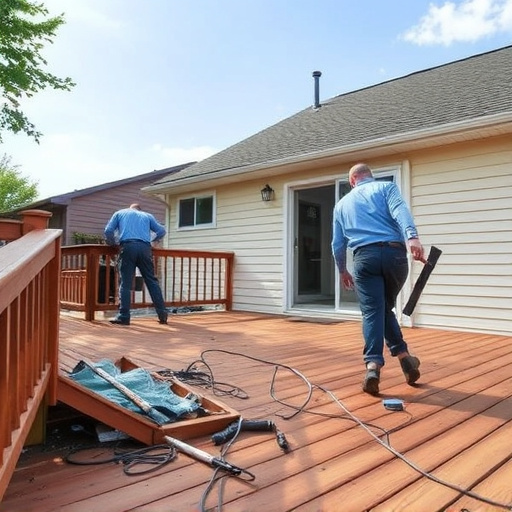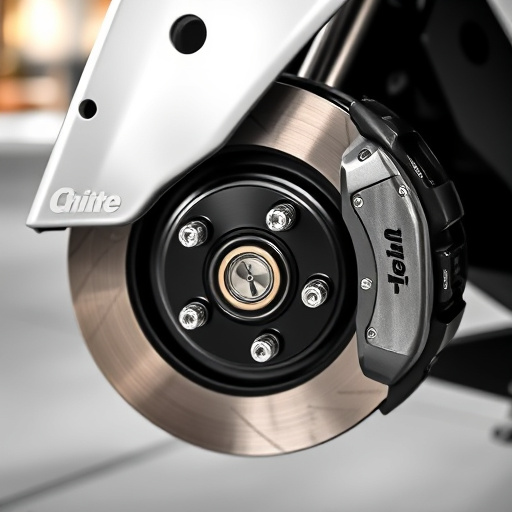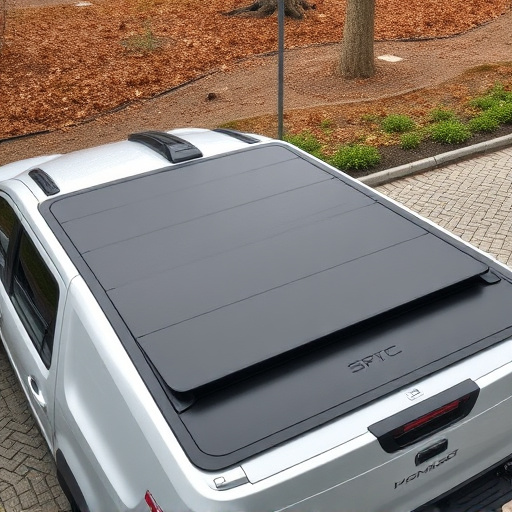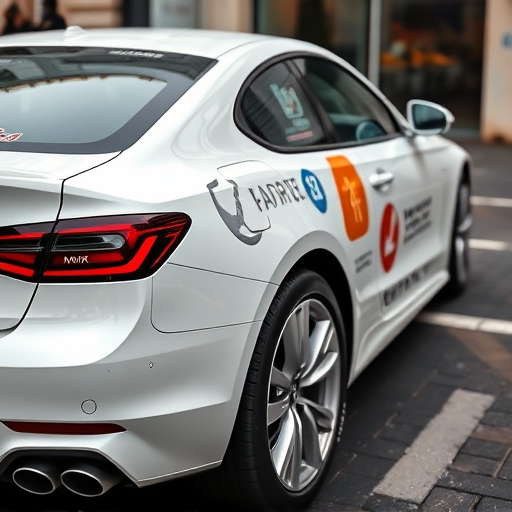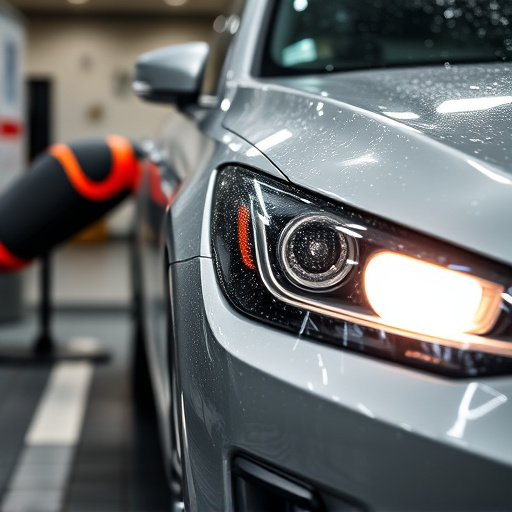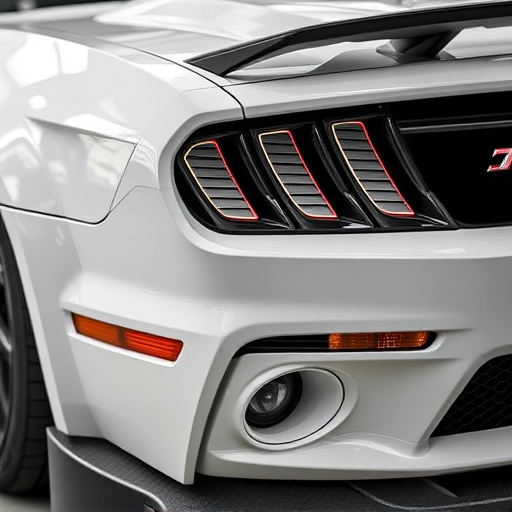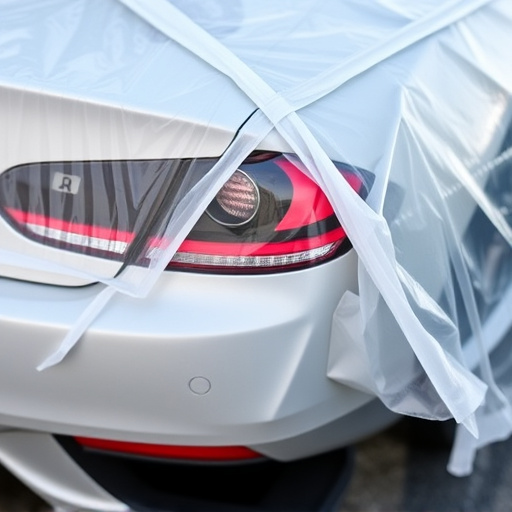Vehicle decal installation requires optimal temperature conditions (60-80°F/15-27°C) for ideal adhesion and flexibility. Warmer temperatures reduce air bubbles, while cooler ones aid in precision on curved surfaces. Specialized adhesives for low-temp environments ensure long-lasting installations. Proper surface preparation and high-quality finishes are crucial. Best practices include warming surfaces with heat guns or heated applicators, testing conditions and materials to avoid defects and achieve visually appealing results.
Temperature plays a pivotal role in the success of vehicle decal installation, impacting adhesion and material flexibility. Warmer conditions enhance stickiness and make application easier, while colder temperatures can stiffen materials, making them more challenging to apply smoothly. Understanding these effects is key to achieving optimal results. This article explores ideal temperature ranges for installation, offers precautions, and provides tips for working with varying climates, ensuring successful vehicle decal applications every time.
- The Impact of Temperature on Adhesion and Material Flexibility
- Ideal Conditions for Optimal Vehicle Decal Installation
- Precautions and Tips for Working with Different Temperatures
The Impact of Temperature on Adhesion and Material Flexibility

The temperature plays a pivotal role in the adhesion and flexibility of materials used for vehicle decal installation. In general, warmer temperatures enhance adhesive properties, allowing for a smoother application process. This is particularly beneficial during hot seasons or in regions with high humidity, as it reduces the risk of air bubbles, creases, and other installation imperfections. However, excessive heat can cause the material to become too soft, leading to potential misalignment or loss of detail in intricate designs, especially when applying custom graphics or vehicle wraps.
On the contrary, cooler temperatures make materials stiffer, which can be advantageous for precise installations on curved surfaces or challenging angles. Custom vehicle wraps and protective films benefit from lower temperatures as they maintain their integrity without melting or losing adhesion. Yet, extremely cold conditions may require specialized adhesives designed to remain effective in low-temperature environments, ensuring optimal results in various weather conditions for long-lasting vehicle decal installations.
Ideal Conditions for Optimal Vehicle Decal Installation

Achieving optimal results during vehicle decal installation relies heavily on meeting ideal conditions. These include a clean, cool, and dry environment to ensure both the surface and the decal are free from any contaminants. The temperature should ideally be between 60-80°F (15-27°C), as extreme heat or cold can cause the adhesive to set too quickly or not adequately, leading to poor bonding and potential bubbles or wrinkles in the decal.
Additionally, proper preparation of the vehicle surface is crucial. This involves thorough cleaning, decontaminating with a ceramic coating or paint protection film for enhanced durability, and ensuring the area is free from any residues or oils. High-quality finishes on both the vehicle and the decal contribute significantly to a seamless installation, resulting in a long-lasting and visually appealing application.
Precautions and Tips for Working with Different Temperatures

When working with temperature during vehicle decal installation, it’s crucial to take certain precautions for optimal results. Extreme heat can cause vinyl wraps or ceramic window tinting to become brittle and lose adhesion, while cold temperatures may make the material more rigid and difficult to apply smoothly. To ensure successful installations, consider these tips:
For warm conditions, use a heat gun on low settings to gently warm the surface before applying decals. This helps the adhesive bond better. In colder environments, allow enough time for materials to reach room temperature before installation. Additionally, using a heated applicator or hand warmer can aid in softening the decal film for easier application without causing excessive heat damage. Always test different conditions and materials, like custom vehicle wraps or vinyl wraps, to understand their behavior in varying temperatures.
Optimizing temperature during vehicle decal installation is key to achieving professional results. Understanding how heat impacts adhesion and material flexibility allows for precise control, ensuring long-lasting and visually appealing decals. By maintaining ideal conditions and adhering to safety precautions, you can streamline the process and deliver superior vehicle decal installations every time.


